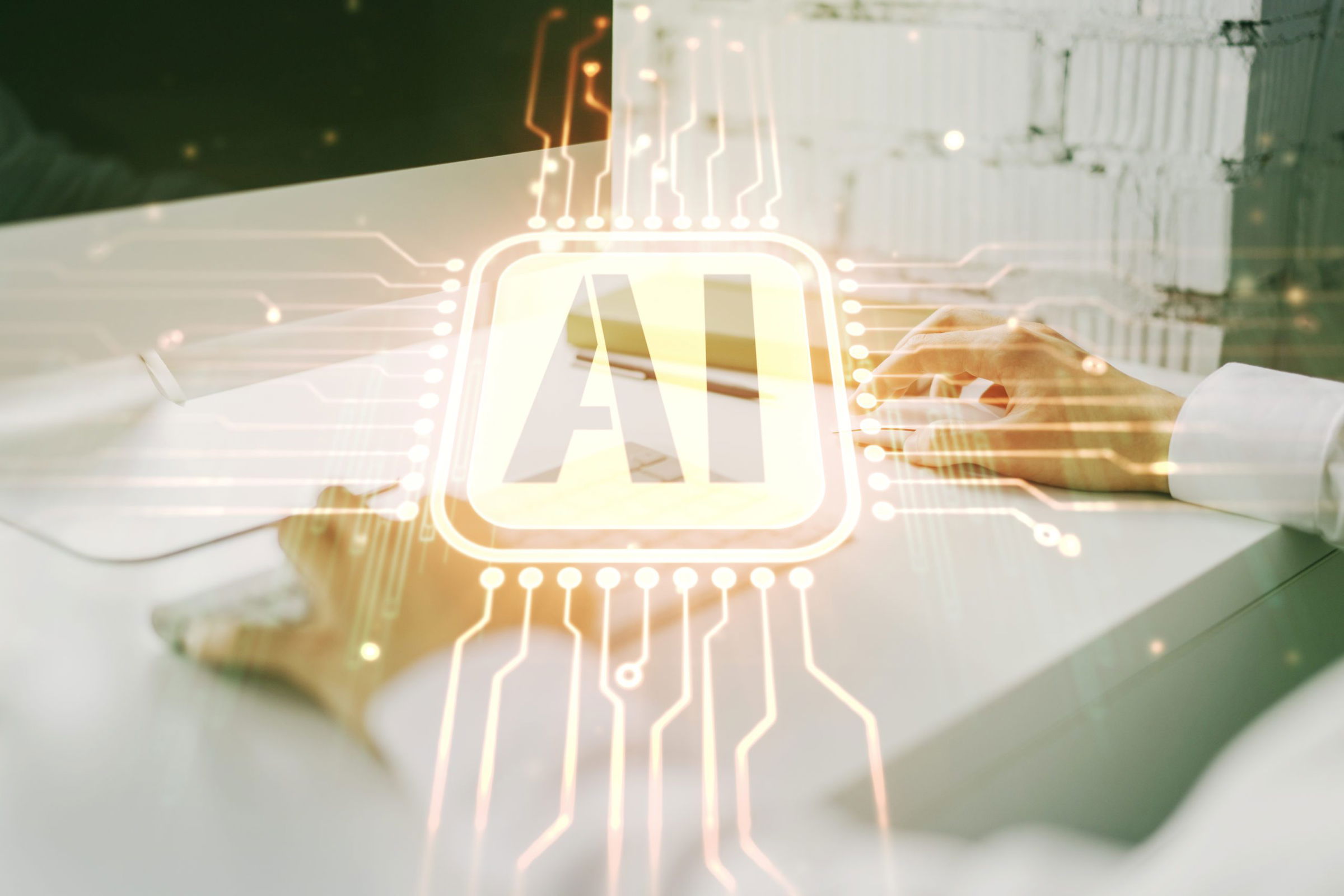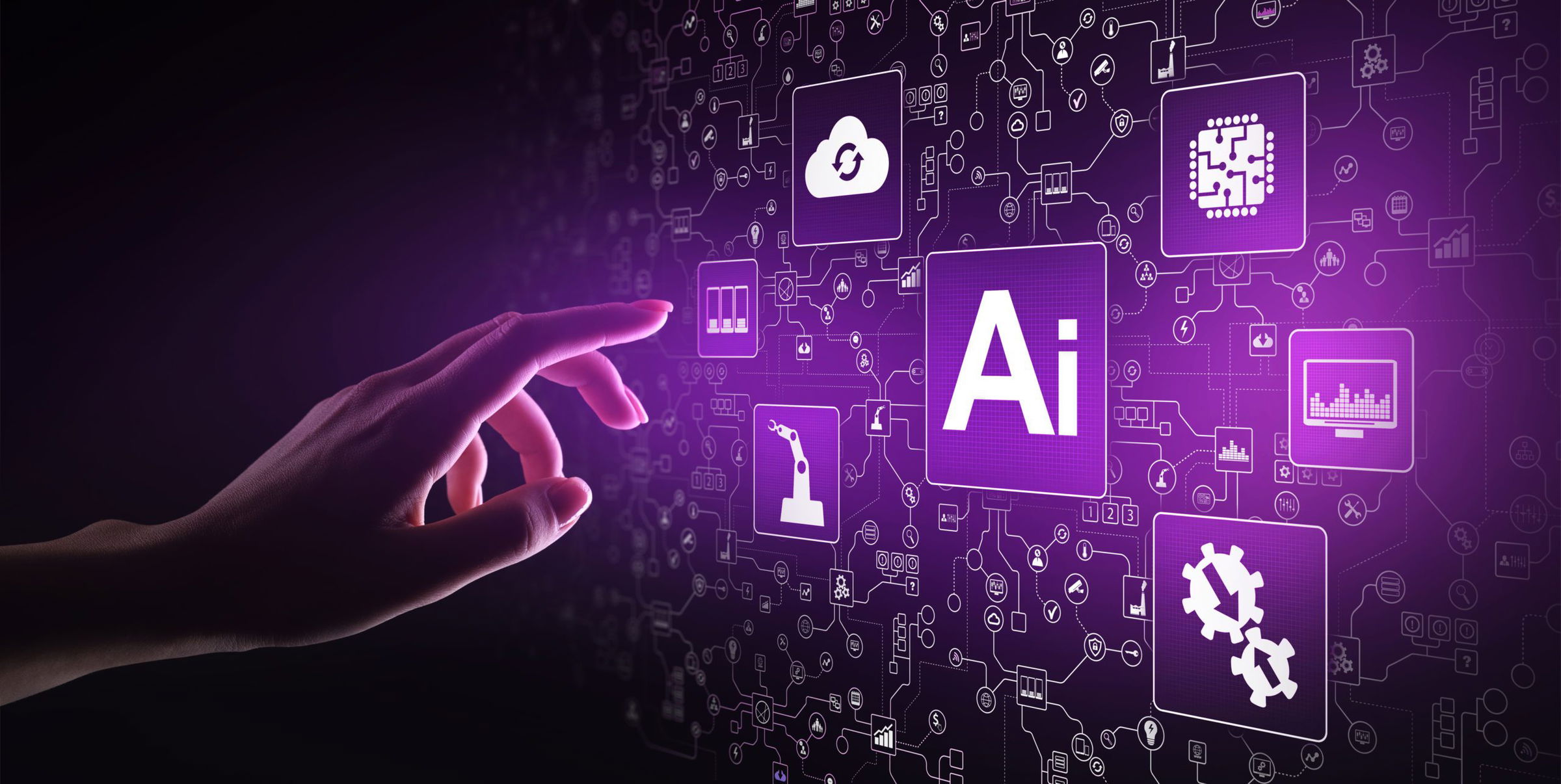Artificial Intelligence is the indispensable future. It is already in power and used by diverse industries like healthcare, education, and finance.
And now, deep learning has come as an addition to the next level of technological advancement. This blog post explores ten applications of artificial intelligence across different industries.
TOP 10 BEST APPLICATIONS OF DEEP LEARNING
Virtual Assistants
AI Deep Learning has led to virtual assistants that understand natural languages; the best examples to quote being Siri, Alexa, and Google Assistant. The technology allows them to comprehend human speech more than before, turning everyday words into actionable data.
A virtual assistant is an application that handles day-to-day tasks and answers questions using artificial intelligence, natural language processing (NLP), and machine learning algorithms. Today, there are many popular virtual assistants: Amazon’s Alexa, Apple’s Siri; Microsoft Cortana; Google Now.
Chatbots
The chatbot has rules that use natural language processing to communicate with users. Chatbots can engage in one-on-one conversations and group chats on Facebook, Slack, or Telegram platforms.
Healthcare
Deep Learning & Artificial intelligence has found their application in diagnostics and healthcare. It combines the input of a large set of variables with historical patterns from similar cases to make accurate predictions on patient outcomes. It enables doctors to provide better diagnoses and personalized treatments.
Entertainment
Creators are using it to engage their audiences and create new experiences. For example, many music companies are using it for music composition. In contrast, other multimedia giants like Disney explore storytelling possibilities such as virtual reality movies or interactive games.
News Aggregation
A news aggregator is an application that collects articles, videos, and other content from different sources to organize it into categories.
Composing Music
Computer-generated music is possible because of AI methods. Such as generative adversarial networks (GAN). Computers can create new musical compositions inspired by those composed by humans.
Image Coloring
This technology is being used for image coloring as well. It is a visualization of an uncolored photo or artwork. It helps artists and designers understand how their work will look when it gets printed on paper.
Robotic
AI/ML and Deep Learning allow robots to learn from their own experiences by performing a task. For example, they can become more efficient at drilling holes in walls. Thus they perform the same action many times across different surfaces through deep reinforcement learning.
Automobiles
Automobile companies are also exploring the benefits of applying this technology to their cars. They have begun using computer vision and image processing techniques, which allow vehicles to learn how to drive over time by detecting any obstacles on the road. This technology helps prevent accidents as well as reduces traffic congestion through self-driving cars.
E-commerce
E-commerce uses it for product recommendations and helps consumers make better buying decisions. Thus providing them with a shopping experience based on their preferences and behavior patterns.
Why Enroll In AI Progam At Imarticus Learning
 Imarticus Learning offers Artificial Intelligence and machine learning courses that improve students’ foundational abilities.
Imarticus Learning offers Artificial Intelligence and machine learning courses that improve students’ foundational abilities.
Take advantage of the Expert Mentorship programs from Imarticus Learning to learn about Artificial Intelligence and Machine Learning in a real scenario.
This program enables you to gain access to attractive professional prospects in the disciplines of Artificial Intelligence and Machine Learning. This intensive 9-month curriculum prepares students for roles like data scientist, Data Analyst, Machine Learning Engineer, and AI Engineer.
Some course USPs:
- The course lets the students learn job-relevant skills that prepare them for an exciting Data Science career.
- Impress employers & showcase AI skills with a certification endorsed by the most prestigious academic collaborations of India – E&ICT Academy, IIT Guwahati, and Imarticus Learning.
- World-Class Academic Professors to learn from through live online sessions and discussions. This will help students learn the practical implementation of AI/ML & Deep Learning techniques through real-world projects.
- Flexible Learning Journey that gives you the flexibility to transfer program credits for a period of 1 year.
For further details, contact us through the Live chat support system or schedule a visit to training centers in Mumbai, Thane, Pune, Chennai, Bengaluru, Hyderabad, Delhi, and Gurgaon.



 Imarticus learning offers the best machine learning and AI course for your data science career. They provide certification in AI and Machine Learning. This 9-month
Imarticus learning offers the best machine learning and AI course for your data science career. They provide certification in AI and Machine Learning. This 9-month 
 Stopping crime is a challenging, ongoing challenge, but enterprise vendors and law enforcement can do it more easily with the right AI apps. This is also one of the reasons why people are excited about an acceptable
Stopping crime is a challenging, ongoing challenge, but enterprise vendors and law enforcement can do it more easily with the right AI apps. This is also one of the reasons why people are excited about an acceptable 



